Classical Perfumes For Those Who Don’t Like Classics
The more I delve into perfumery, the more the subject of fragrance classics fascinates me. Although when it comes to my day-to-day choices I still wear many fragrances from niche brands, I reach for classics when I want to experience the scent of another time, a glimpse of another era or simply to take myself out of my routine. For this reason, classics remain among my staples. What’s more, all of the recent top-selling fragrances lists from the US, France, Germany and Italy feature classical fragrances like Guerlain Shalimar, Chanel No 5, and Christian Dior Eau Sauvage.
Not everyone, however, is enamored with classics. Some people find them old-fashioned. Some think that they are too demanding or that they don’t fit their lifestyle. Can you wear Chanel No 19 while cleaning your flat? Or don Mitsouko for a supermarket run? While as I’ve said many times before, you need not like the classics, giving them a chance will benefit your understanding of perfumery. Another important consideration is that classical ideas are often reused in niche fragrances, so instead of paying the niche prices, you can find the same thing–and often of much better quality–from the original source.

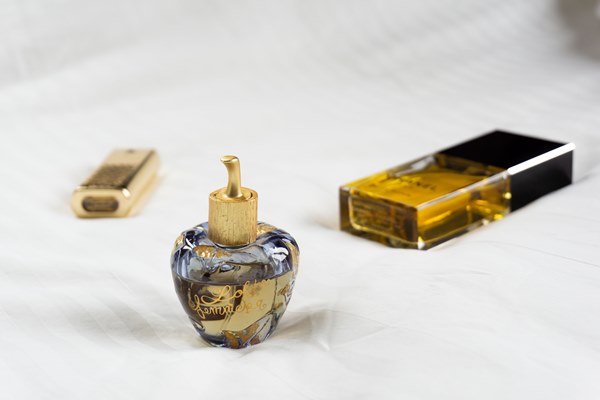
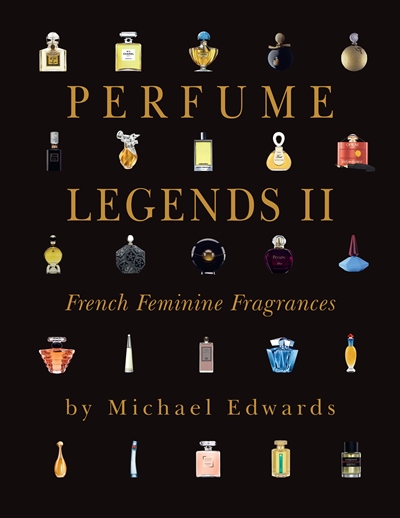
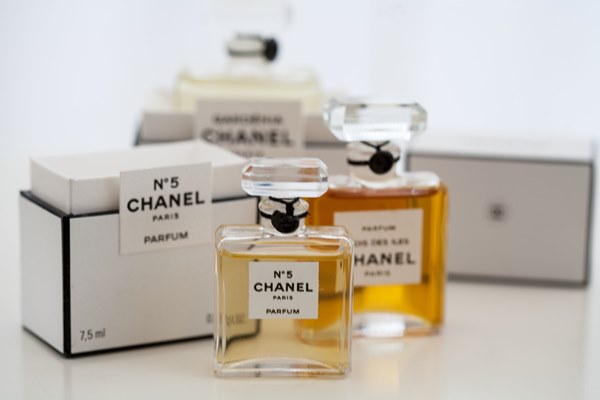













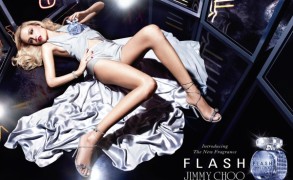
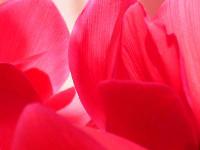
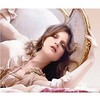
Aurora in Recommend Me a Perfume : April 2024: I don’t think they differ widely in scent, the EDT is punchier and a bit brighter in the top notes and the EDP clings more to the skin and lasts… April 26, 2024 at 2:27pm